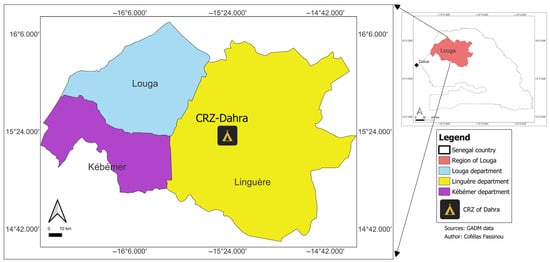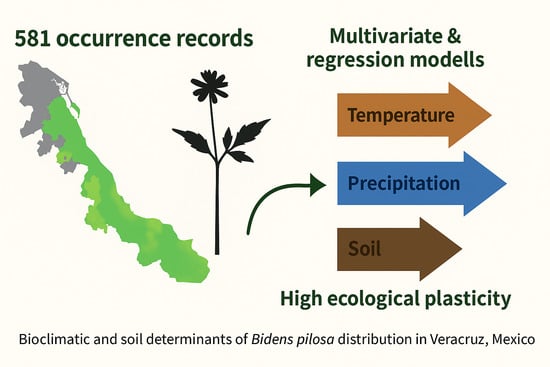- Article
Bermudagrass Quality and Nitrogen Uptake After One Soil Surfactant and Fertilizer Application
- Mica McMillan,
- Kimberly Moore and
- Marco Schiavon
- + 3 authors
Nitrogen (N) uptake of managed turfgrasses in sand rootzones is of particular importance as it relates to reducing N leaching, reducing or maximizing N fertilizer applications, and optimizing overall plant quality. Two greenhouse experiments were conducted to determine if the inclusion of a one-time application of soil surfactant tank-mixed with ammonium sulfate fertilizer (FERT) improved fertilizer longevity and bermudagrass (Cynodon dactylon L. Pers. × C. transvaalensis Burtt-Davy, cv. ‘TifEagle’) quality (TQ), yield, leaf N content, N uptake (NUP), chlorophyll index (CI), and volumetric water content (VWC) under deficit irrigation. An untreated, fertilizer-only (Fert) (49 kg N·ha−1), and non-ionic alkylpolyglycoside/ethylene oxide-propylene oxide (AEP) was tank-mixed with fertilizer at two rates, Fert+AEP(L) (1.17 L·ha−1) or Fert+AEP(H) (1.75 L·ha−1), to determine rate efficacy. In 2015, Fert and Fert+AEP(L) significantly increased TQ and CI, while in 2016, both AEP (L and H) significantly increased only TQ. VWC was significantly greater in untreated in 2015. At the end of the trials in 2015 and 2016, yield and NUP were significantly greater in Fert+AEP(H) and Fert+AEP(L), respectively, but leaf N content was not statistically significant between all fertilizer treatments. The role of surfactants in prolonging fertilizer effectiveness under deficit irrigation warrants further investigation.
15 December 2025





![Meteorological conditions during the experiment. Maximum (Tmax) and minimum (Tmin) temperatures [°C], solar radiation [MJ m−2 day−1], and precipitation [mm] during the experiment.](https://mdpi-res.com/grasses/grasses-04-00050/article_deploy/html/images/grasses-04-00050-g001-550.jpg)